Over the past several months, the Cari-Bois Environmental News Network has published articles from around the Caribbean.
With new content coming to the platform very soon, Cari-Bois is pleased to share a curated collection of photos selected from the 16 articles published between April 1st and July 14th, 2023.
Reflecting on the topics covered in all the articles, photos were selected based on their representation of each topic.
Cari-Bois is pleased to offer you these curated photos from Barbados, Belize, Guyana, Trinidad and Tobago, St. Vincent and the Grenadines and Suriname.
Photo 1: How Belize’s Co-Management Framework is a model for community conservation
Photo Courtesy Friends for Conservation and Development
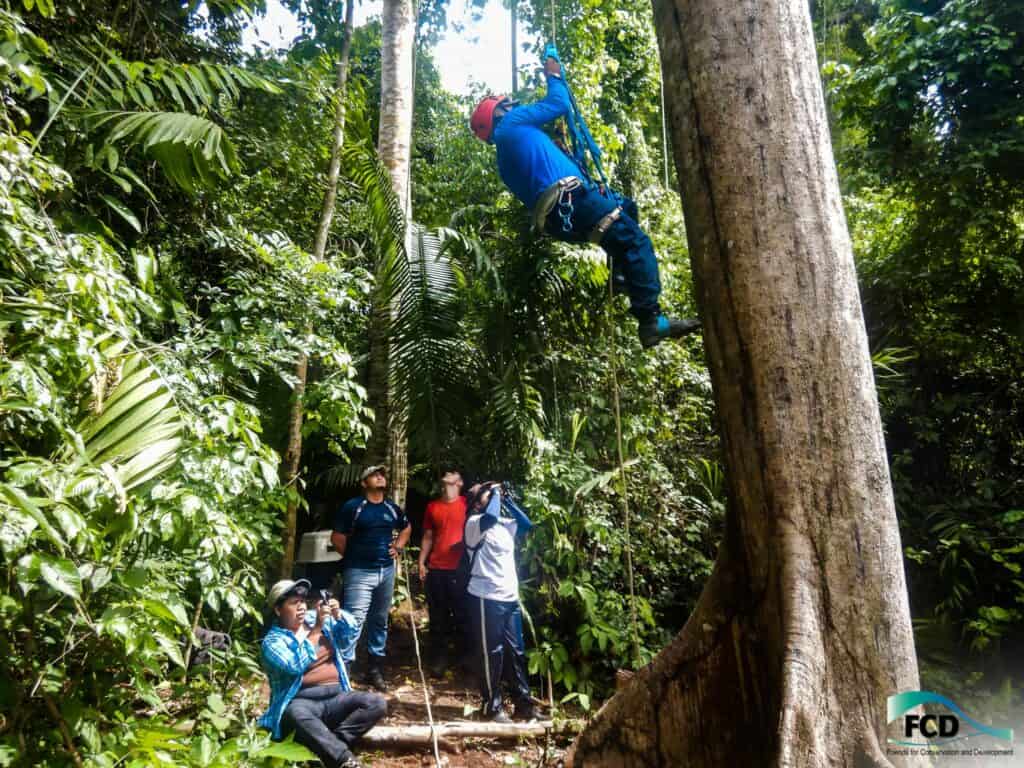
Description:
On December 1, 2022, Belize’s Ministry of Sustainable Development, Climate Change, and Disaster Risk Management officially entered into a formal public-private partnership with conservation partners like the Friends for Conservation and Development (FCD).
The group is the co-manager of the Chiquibul National Park’s 423,000 acres of tropical forest which is estimated to be four times the size of Barbados. The park is also the largest protected area in Belize and houses the largest cave system in Central America.
Photo 2: Protecting Belize’s Scarlet Macaws
Photo Courtesy Friends for Conservation and Development
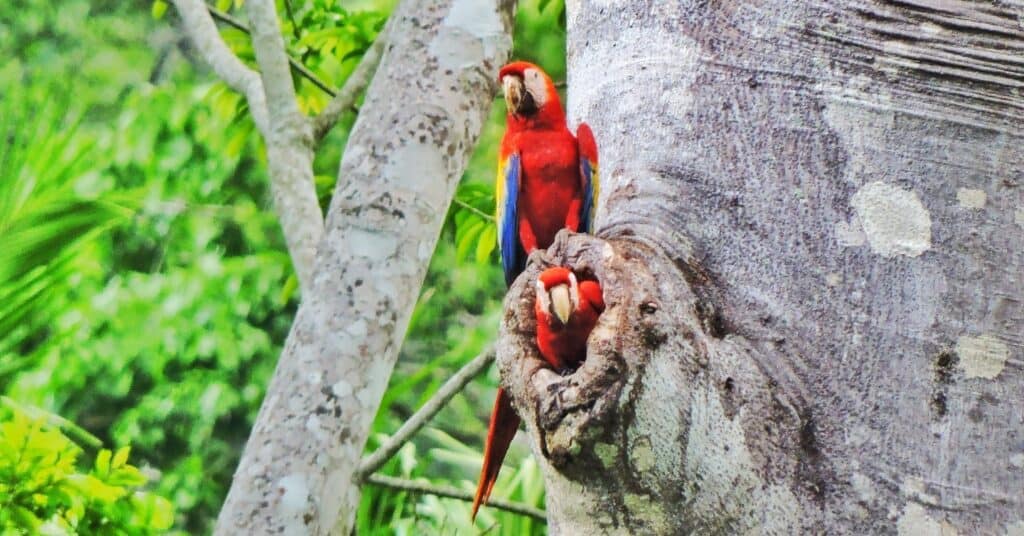
Description:
With approximately 350 individual birds recorded in Belize, all efforts are important in safeguarding Belize’s Scarlet Macaw (Ara macao cyanoptera) which is a subspecies of Scarlet Macaws.
By September 2022 (the end of the Scarlet Macaw nesting season), a total of 24 macaws made it to the wild thanks to the 13 volunteers assisting in the arduous work and biomonitoring of the Friends for Conservation and Development (FCD) Research Unit.
With the FCD’s combined efforts of having rangers on the ground to deter poachers and involving everyday citizens in their conservation efforts, the group’s biomonitoring efforts of these macaws are well subscribed to.
Photo 3 and Photo 4: Suriname’s indigenous communities on the front line of climate fight
Photos by Johannes Damodar Patak
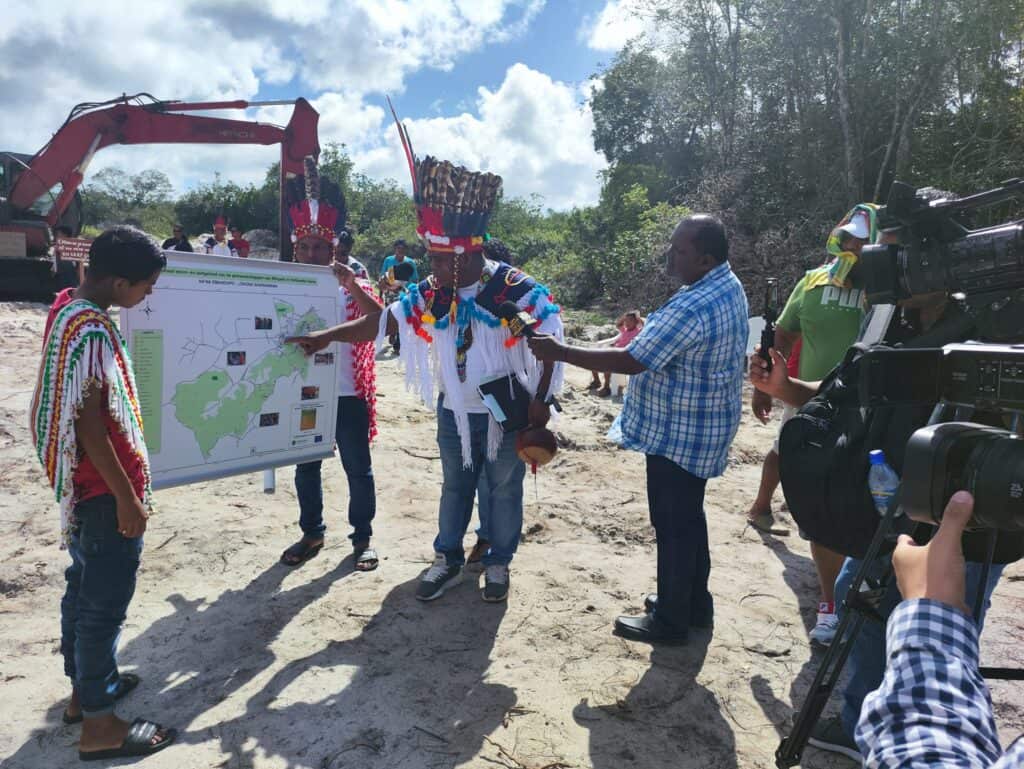
Description:
Residents of Suriname’s Hollandse Kamp village during a recent demonstration against illegal mining and other forms of unsustainable economic activities in their communities.
Muriël Fernandes, Chairwoman of Suriname’s Association of Indigenous Village Leaders, has said Surinamese authorities must do better when it comes to recognising the land rights of indigenous communities and their rights to self-determination.
The International Work Group for Indigenous Affairs estimates the Indigenous Peoples of Suriname account for approximately 20,344 people (3.8 percent) of the country’s total population of 541,638.
During her chairmanship, Fernandes has received reports of unpredictable weather affecting the ability of some of these communities to farm and transport their goods when road networks are continuously being affected by intense floods.
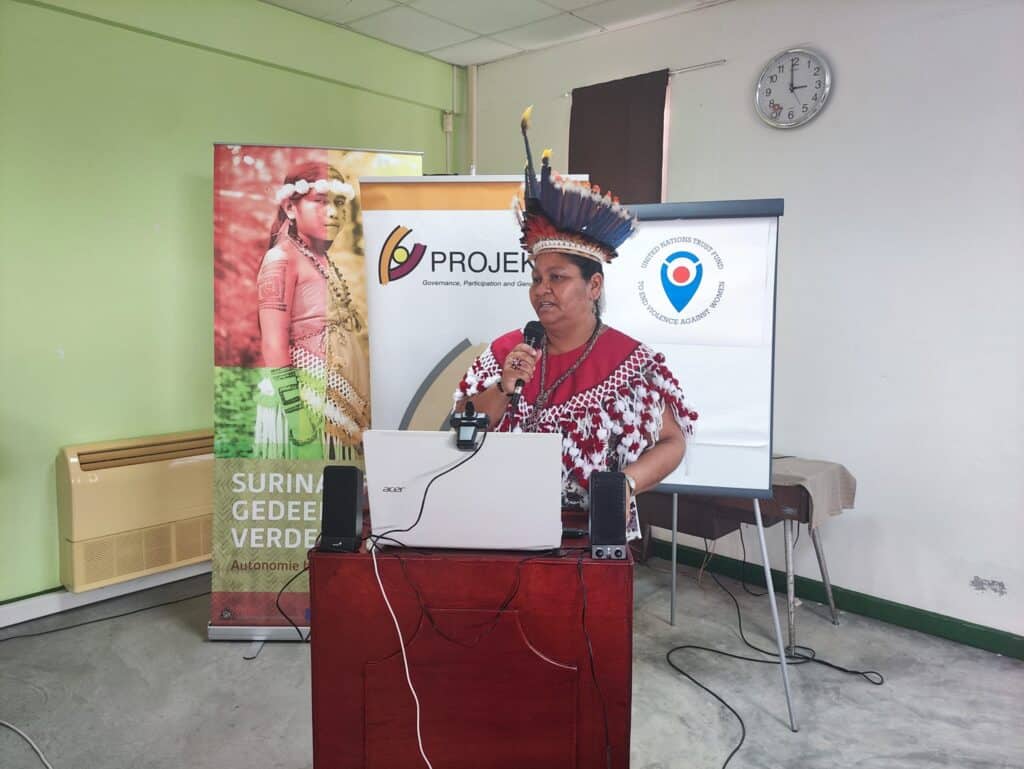
Photo 5: The Degradation of Barbados’ Gullies
Photo by Kyle Foster
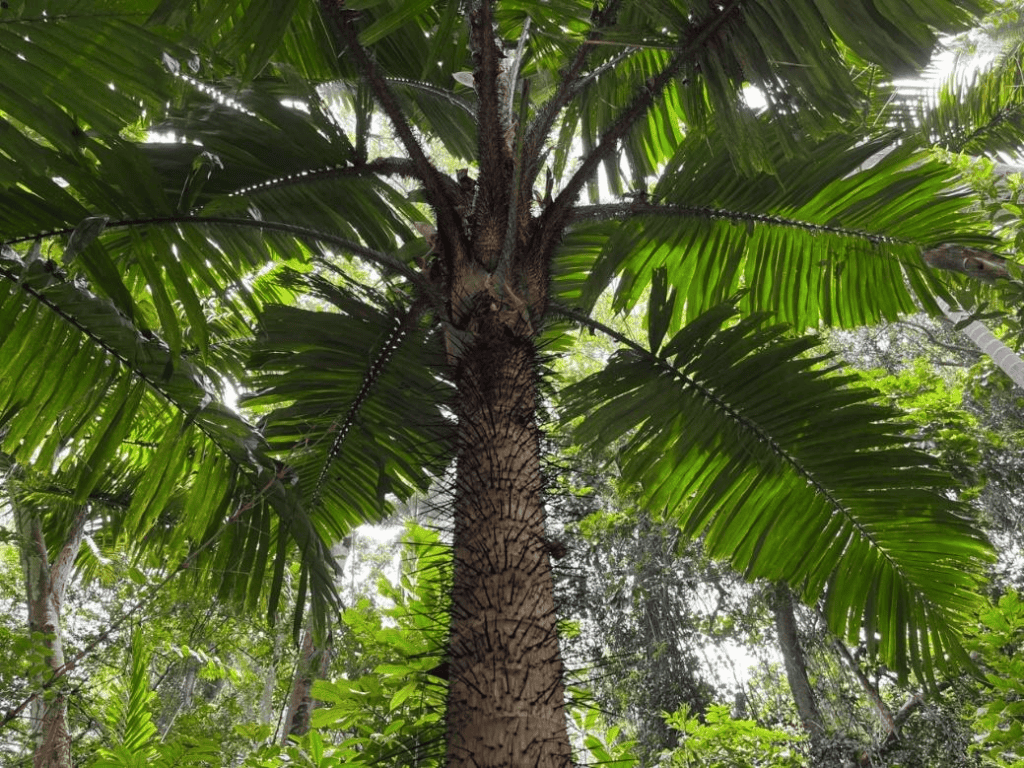
Description:
Cari-Bois writer Kyle Foster photographed this native Macaw palm (Aiphanes minima) while visiting gullies across Barbados. It is one of three native palm trees that can be found in the island’s gullies.
The trenches of gullies are inhabited by a wide range of flora and fauna which makes these formations important terrestrial ecosystems for the island’s biodiversity.
But their goods and services extend beyond biodiversity as gullies also serve many economic and historical values. Nonetheless, sustained unsustainable anthropogenic activities have led to the degradation of some of the island’s gullies over time.
Photo 6: Guyana & St. Vincent and the Grenadines grapple with climate change and food production
Photo by David Papannah
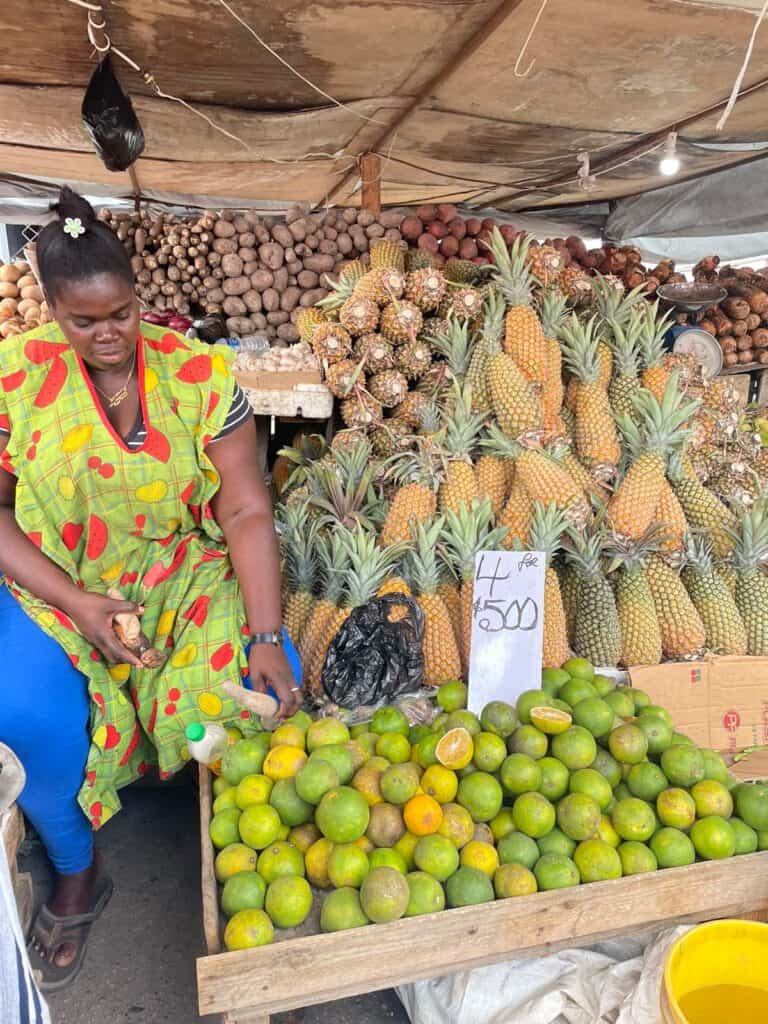
Description:
In 2021, Guyanese farmers were unable to meet market demands as their lands could not be cultivated in time as the country faced devastating floods.
For weeks, and even months in some areas, floods inundated farms which resulted in the loss of a substantial amount of crops.
As expected, the floods lead to a quality of produce, leading to a significant increase in food prices.
Vegetables like celery, shallot, Bora, Callaloo, cabbage, pumpkin, and ground provision – staples of a Guyanese diet – experienced a significant increase in price.
The price of other produce like sweet peppers and eggplants also rose.
Photo 7: Guyana & St. Vincent and the Grenadines grapple with climate change and food production
Photo by Richardeen Williams
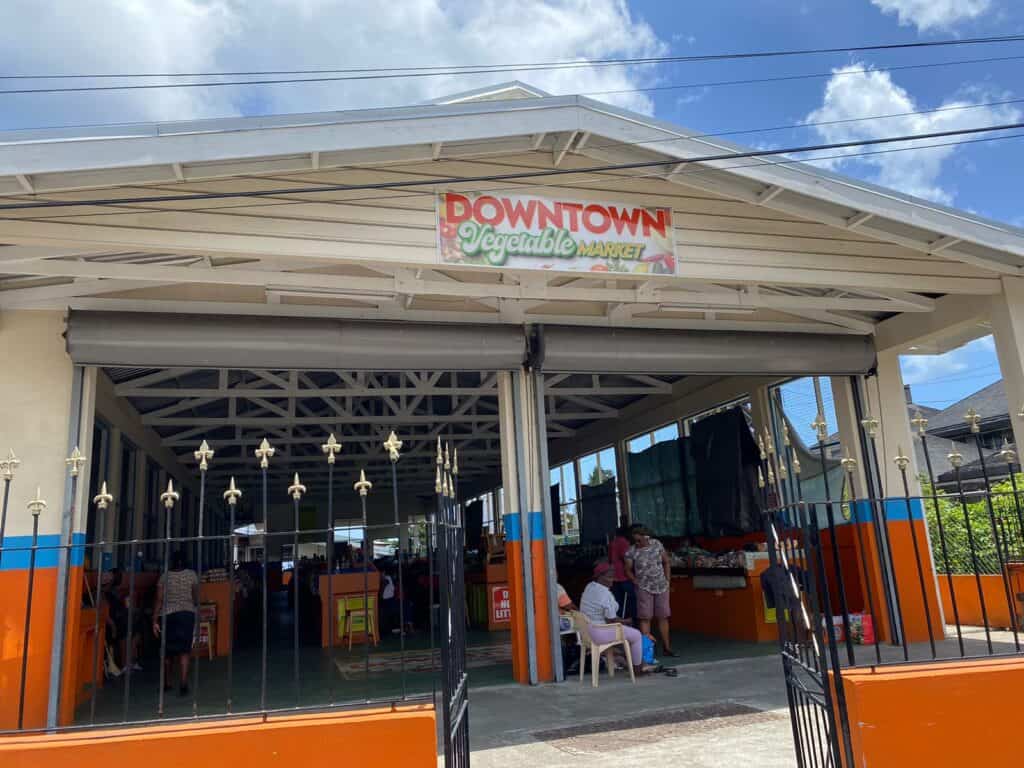
Description:
Food exports are vital to the economy of St. Vincent and the Grenadines and there have been ongoing efforts to strengthen the country’s food security. But in recent years, farmers across the country have had to contend with the effects on climate change.
For over ten years, farming has been Admarie Bobb’s main income source. However, she told Cari-Bois that keeping up with the changing weather patterns in Greggs and Richland Park – the areas she farms in St. Vincent – has been a struggle.
For example, Bobb explained that producing substantial yields during the dry season has been difficult in the past several years.
Photo 8 and Photo 9: Why we should pay more attention to deep-sea mining
Photos by Sustainable Ocean Alliance Caribbean (SOA Caribbean)
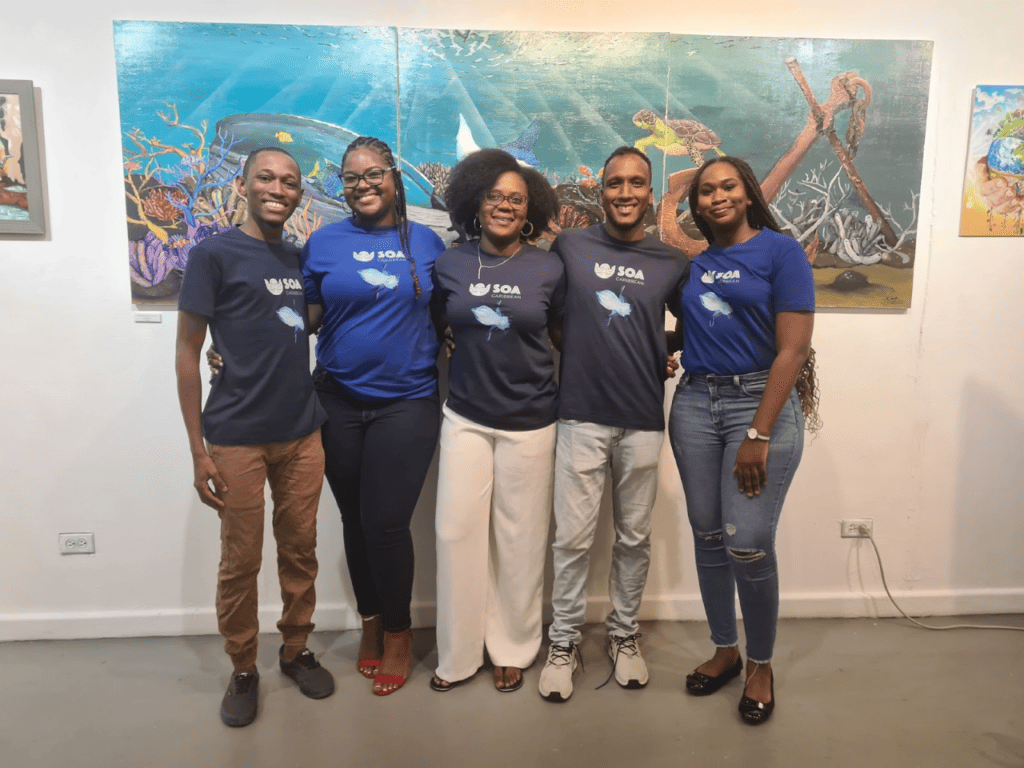
Description:
With efforts underway to start deep-sea mining activities, environmental bodies and civil society organisations – including the IUCN, the Sustainable Ocean Alliance (SOA) and the Deep Sea Conservation Coalition – have expressed concerns about the looming industry’s potential effects on marine ecosystems and species.
Deep-sea mining is the process of extracting mineral deposits like polymetallic nodules, polymetallic sulfides, and cobalt-rich ferromanganese crusts from the deep seabed at ocean depths greater than 200m.
These metals are then used to manufacture batteries, smartphones, laptops, electric cars, photovoltaic systems and other types of power storage.
As the SOA’s Caribbean Regional Representative, Khadija Stewart has been attending the ISA’s meetings in Jamaica to amplify youth voices and call for a stop to deep-sea mining.
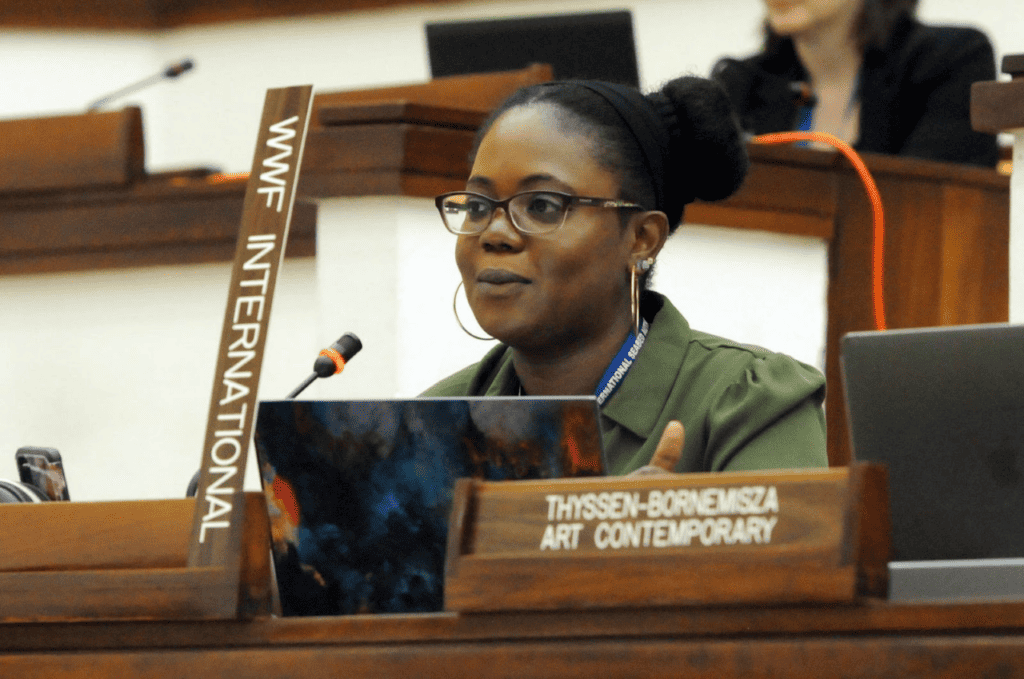
Photo 10: One woman’s mission to protect Caye Caulker’s mangroves
Photo by Caye Caulker Strong
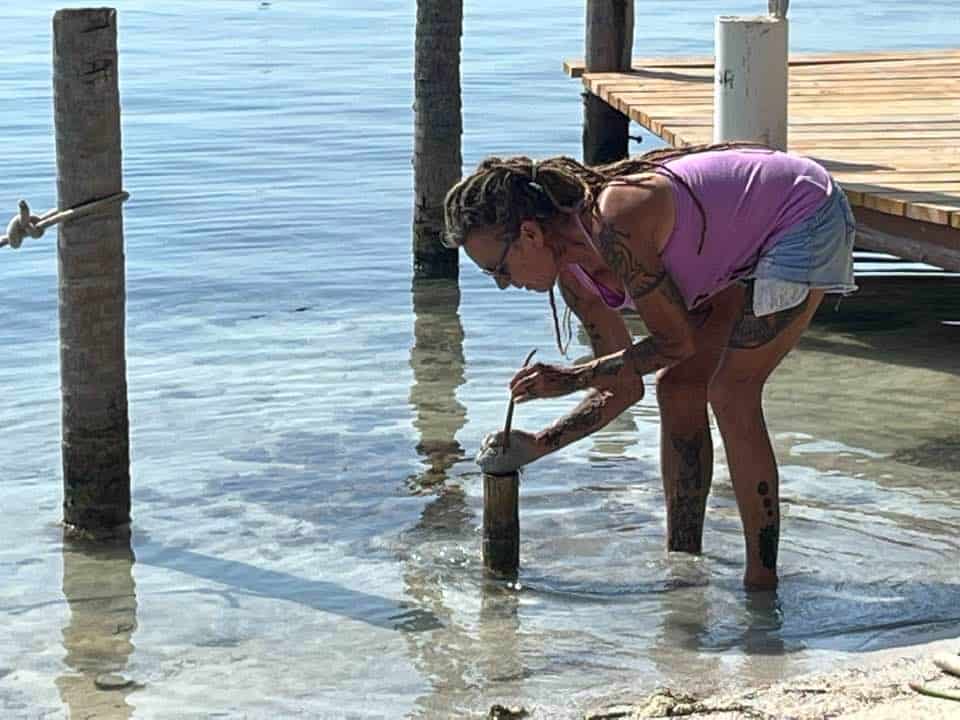
Description:
Over the past several decades, Canadian-born conservationist, Allison Ifield, has made Caye Caulker her home and is on a mission to protect the island’s mangroves.
While Ifield initially didn’t plan to start a mangrove restoration project, this all changed around 2018 when she saw mangroves on the island – including the ones she planted – being cleared.
Making the decision to leave her job as a tour guide, Ifield committed to supporting mangrove restoration on the island and got support to start the Caye Caulker Strong Mangrove Project.
Since then, this nature-based solution to protect the island’s mangroves, and contribute to the island’s climate resiliency, has become a sense of duty to Ifield.
Photo 11: IMA’s Marine Data Hub supports local research
Photo by the Institute of Marine Affairs (IMA)

Description:
Did you know that the Institute of Marine Affairs (IMA) has its own data-sharing platform known as the Marine Data Hub?
Currently, the IMA has Trinidad and Tobago’s largest repository of marine biodiversity data and recognises the value in sharing this data.
Given its large marine database, and its legal mandate, the Institute has taken the initiative to develop its Marine Data Hub.
Technicians, researchers, government agencies, academia, civil society and members of the public – interested in the field of marine and environmental research – are all welcomed to access the IMA’s data-sharing hub.
Photo 12: Breaking down the “Treaty of the High Seas”
Photo by the Institute of Marine Affairs (IMA)
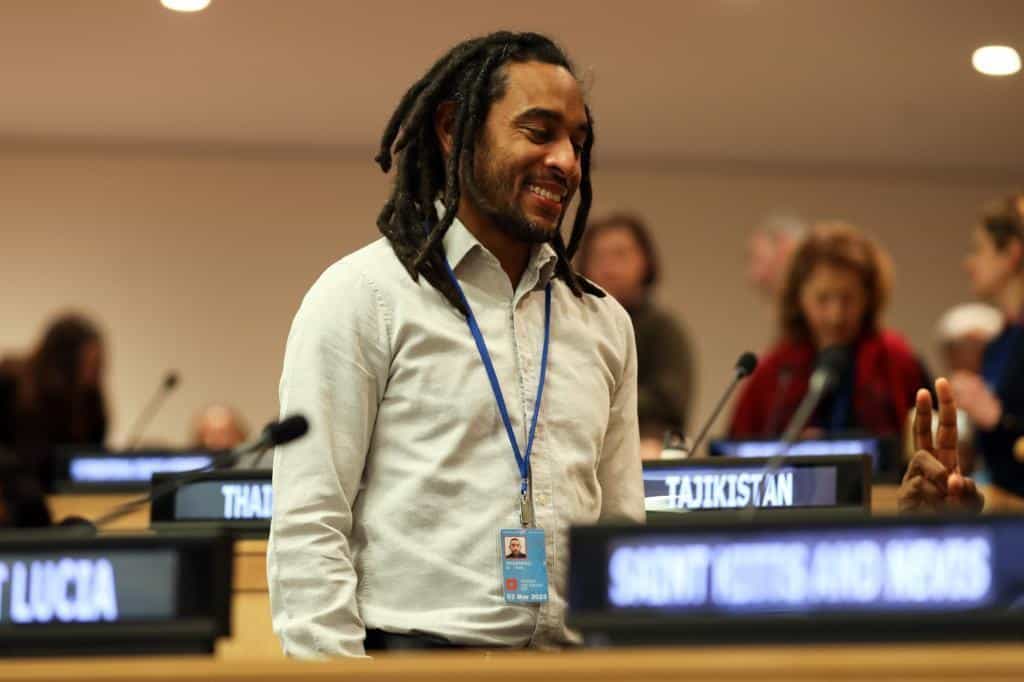
Description:
On March 4, the United Nations agreed on the draft text for a legally binding, international ocean biodiversity treaty which would call upon member states to conserve and sustainably use the resources of marine biodiversity in areas beyond their national jurisdiction.
The moment defined the recently concluded Intergovernmental Conference on Marine Biodiversity of Areas Beyond National Jurisdiction (BBNJ) and ended years of high powered negotiations on the issue.
Commonly called the “Treaty of the High Seas”, the draft BBNJ agreement was hailed by Her Excellency Rena Lee, President of the BBJN Conference and Singapore’s UN Ambassador for Oceans and Law of the Sea Issues.
The Caribbean Community (CARICOM) participated as a bloc in the conference and the IMA’s Dr. Kahlil Hassanali represented Trinidad and Tobago on the Caricom team.





